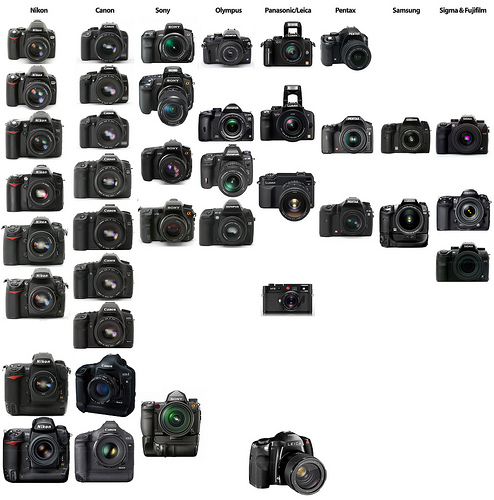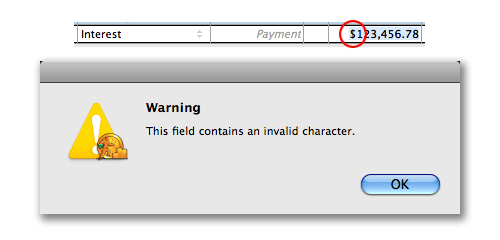We’ve never had a lot of chargebacks (a chargeback is when a customer calls their credit card company to dispute a charge they don’t recognize), but last year we made a simple change that reduced our chargebacks by 30% as a percentage of sales.
I can’t be certain the reduction is entirely due to this technique, but we didn’t change anything else related to how we deal with chargebacks.
Background
One of the issues we have at 37signals is that many people know our product names better than they know 37signals. They sign up for Basecamp or Highrise without knowing that there’s a company called 37signals behind the product.
So sometimes people see a charge on their card from 37signals but they don’t know what it’s for. And even if they did remember 37signals, they still may not recognize the charge.
We also sell more than just our web apps. We sell job ads on the Job Board and Getting Real as a $19 PDF. So we sell a lot of different things at a lot of different price points, but the line item on people’s credit card statements always look the same.
We’ve recently gained the capability to change the charge statement entry to reflect the product being charged (“Basecamp” for a Basecamp charge instead of “37signals, LLC.”), but for various reasons we haven’t enabled it yet.
2007
When we charge someone’s credit card, “37signals, LLC” used to appear on their card statement. We also included a phone number that played a recording explaining the charge. This was alright, but it didn’t feel good enough. Ideally we’d have a live phone number, but we’re just not set up to take customer support calls at this time. (we’re entirely email based).
2008
I was thinking about how we could do a better job explaining a charge, but we were only allowed a limited number of characters on the customer’s billing statement.
According to the merchant/card rules:
Your company name/DBA section must be either 3, 7 or 12 characters and the product descriptor 4, 8 or 13 characters.
That means we could do something like:
37signa*Basecamp 800.xxx.xxxx IL
or even…
37s*Basecamp 800.xxx.xxxx IL
But that doesn’t help a whole lot either. It’s definitely better than just 37signals or just Basecamp, but it’s still not as clear as I’d like it to be.
If you don’t use a product descriptor (“Basecamp” or “Backpack”), you get 22 characters. So I decided to register 37signals-charge.com, redirect it to 37signals.com/charge, write up a page explaining why there’s a charge on your card, and put that URL on people’s charge slips instead of “37signals, LLC” or “Basecamp” or “Highrise” etc.
Now when someone buys something from us, this line item shows up on their credit card statement:
37signals-charge.com 800.xxx.xxxx IL
Visiting that URL takes you to this page where we explain the charge, the products, some suggestions if you don’t recognize the products, and a link to our billing support form someone needs additional help.
Quick win for 30% less chargebacks
So while chargebacks in raw dollars are up because sales are up, chargebacks as a percentage of total sales were down 30% in 2008.
And the best part about it is that it only took one day to implement this change. Register a new domain, then call the merchant card company to update the message on our customer’s statements, write up a page explaining the charges, and set up a redirect on the server. Simple.









